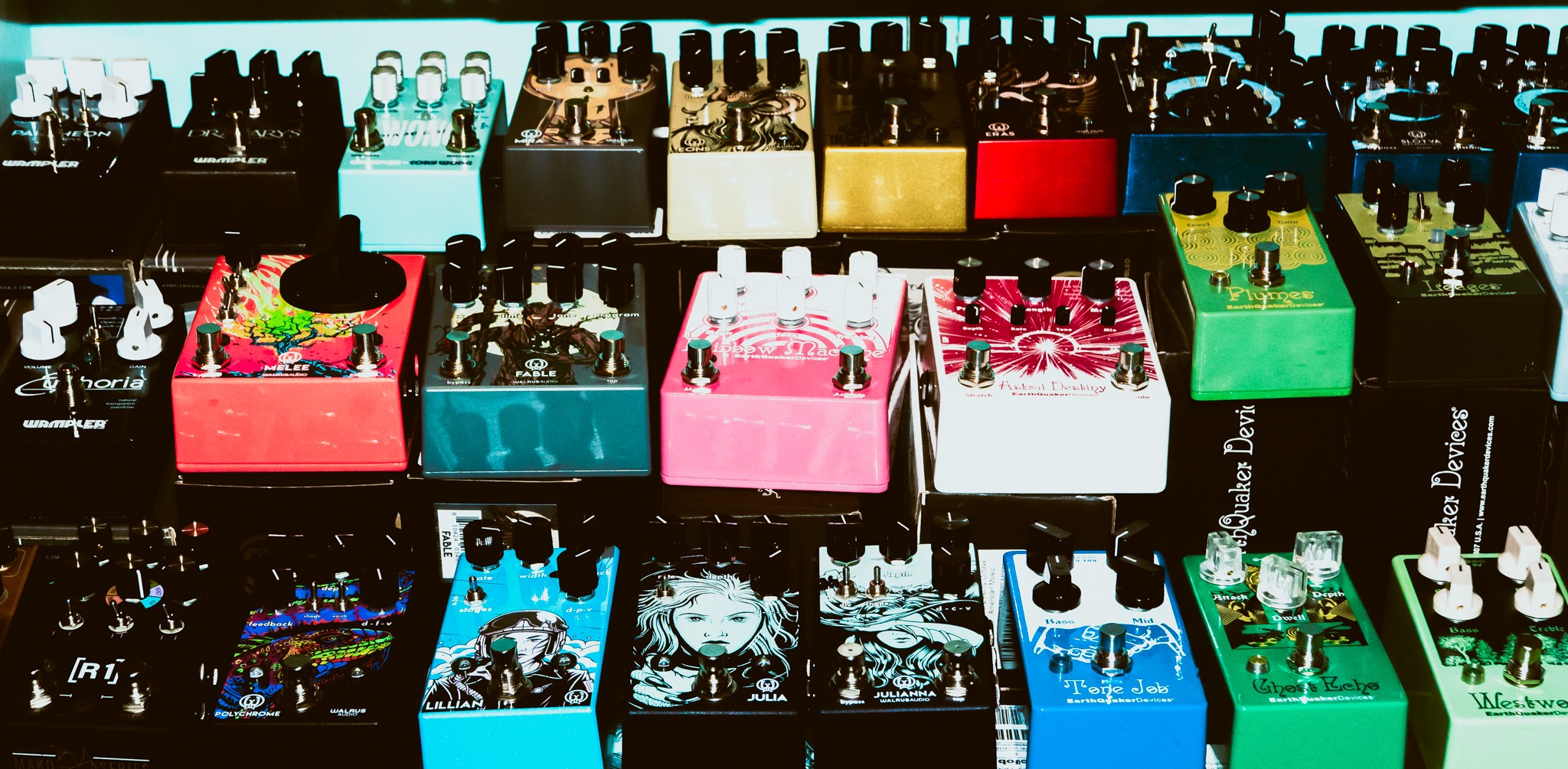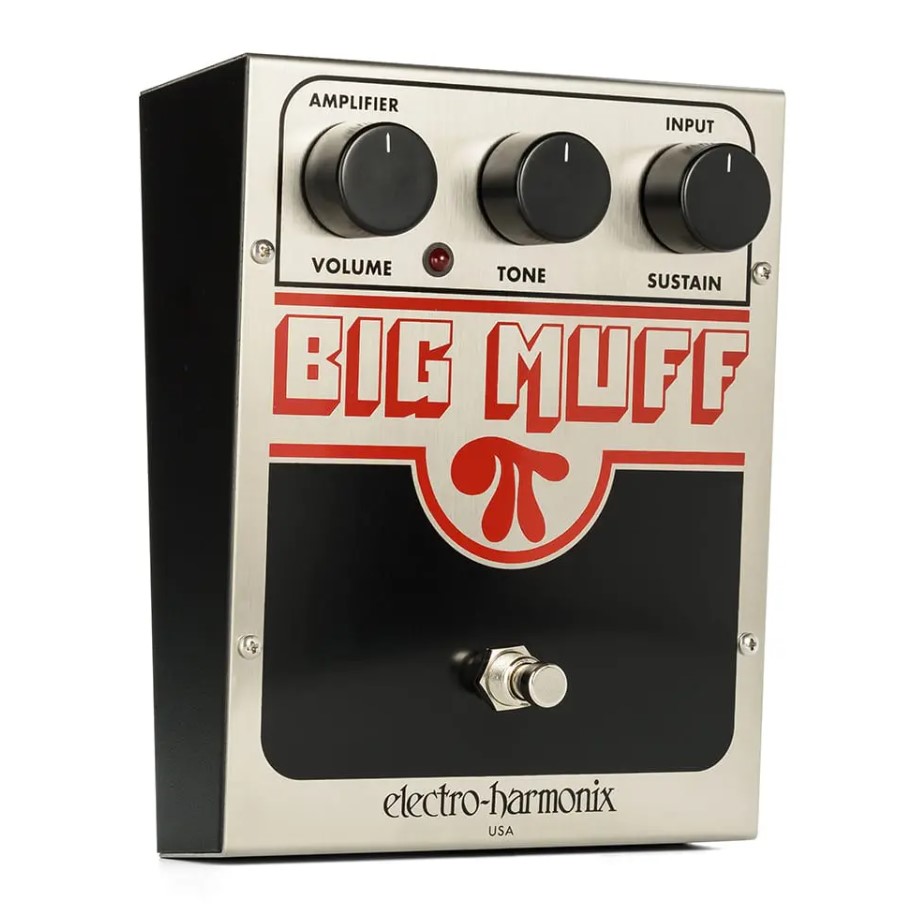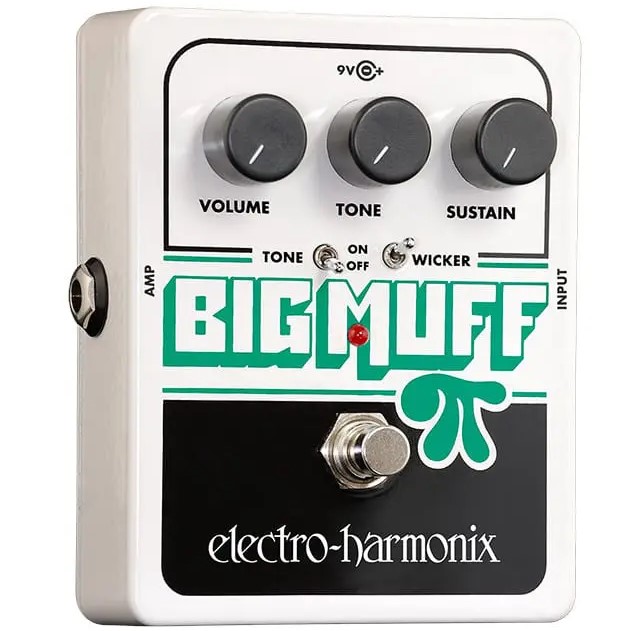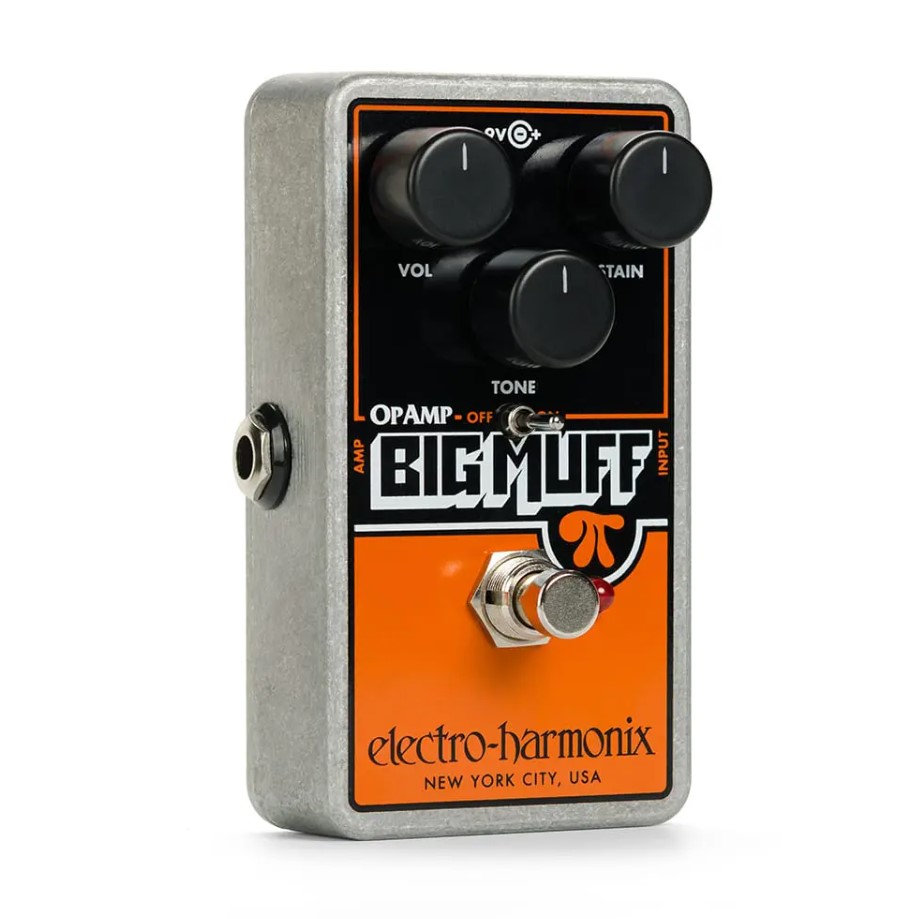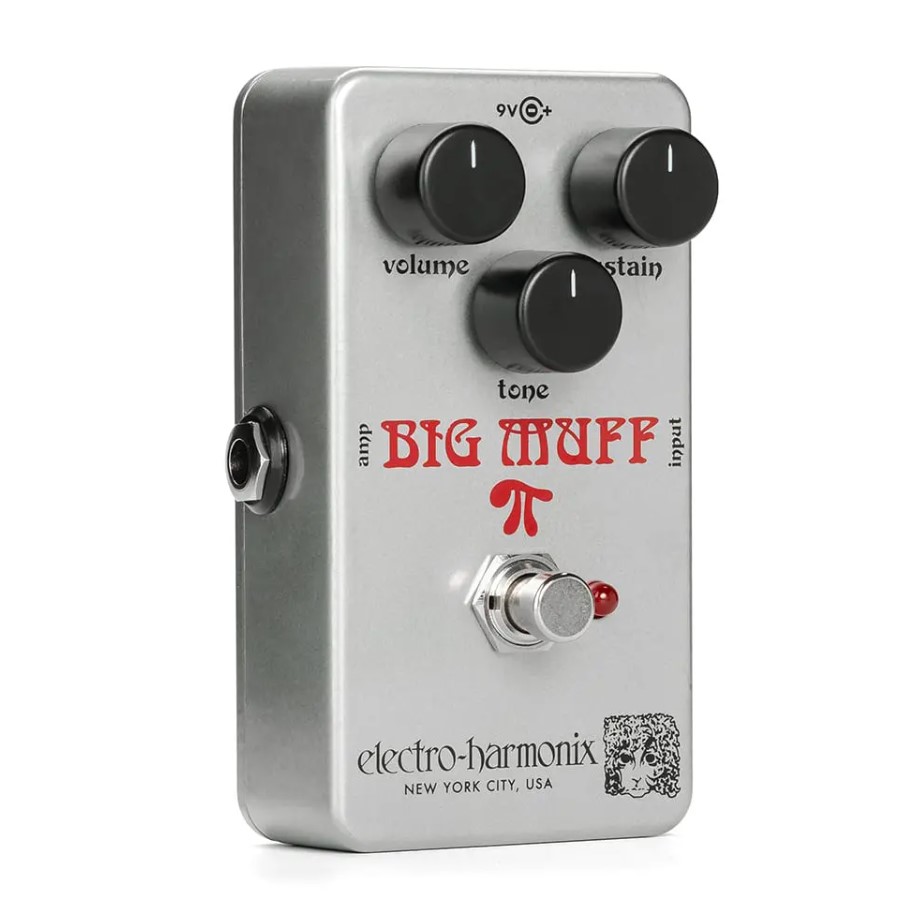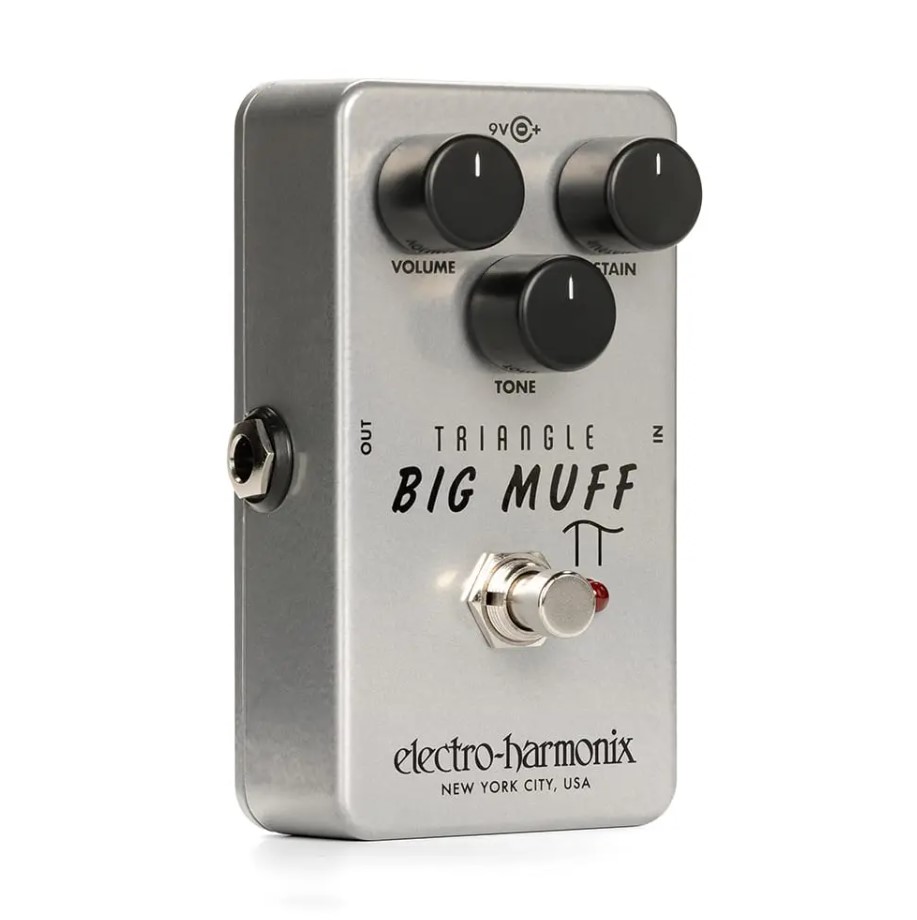WHICH BIG MUFF IS RIGHT FOR ME?
The Big Muff is a classic distortion/fuzz pedal with several iterations that cater to different preferences and tones. Here are some common variations:
Each variation has subtle differences in tone, circuitry, and sometimes features like tone bypass switches or different EQ controls. Choosing between them often comes down to personal preference and the specific sound you’re seeking for your playing style. Trying out different models is the best way to find the one that suits your needs.
